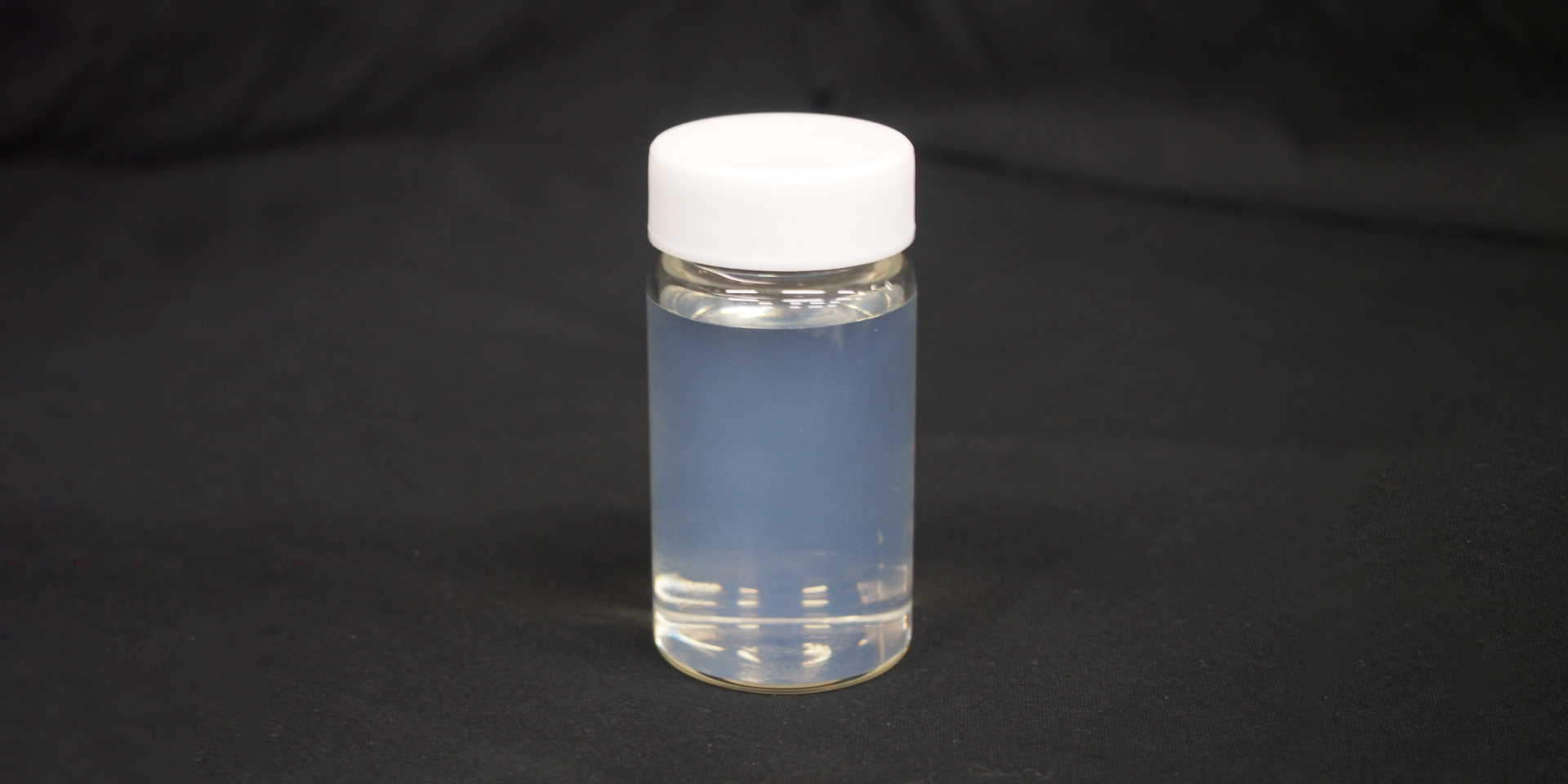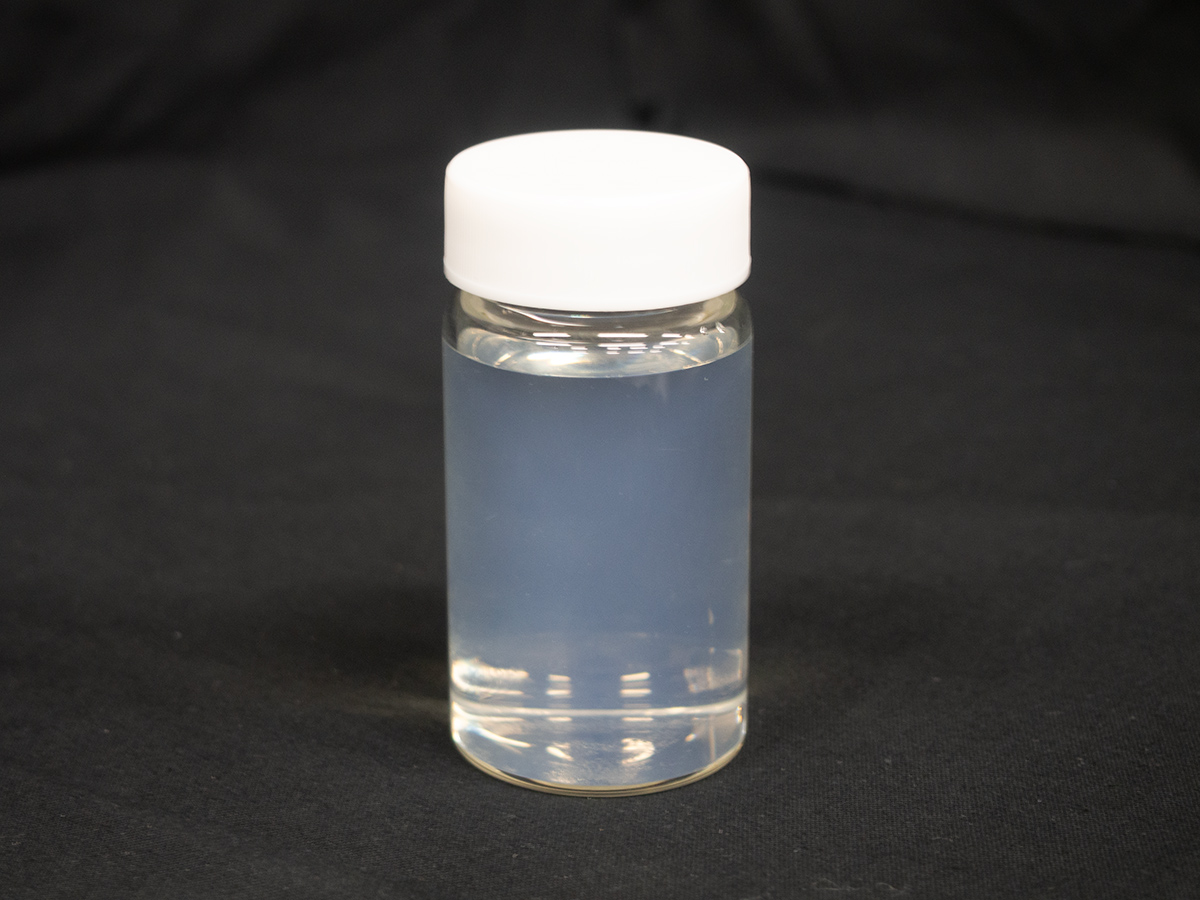Please note that some content is only available in Japanese

Infill Hard Geo
Grouting material for ground improvement—reduces CO2 emissions during production by 60%
POINT
-
Contributing to decarbonization of ground improvement for liquefaction countermeasures

Naturally derived colloidal silica
By replacing industrially produced colloidal silica used in grout materials with a naturally derived alternative, it is possible to reduce CO2 emissions during production by approximately 60%, while maintaining the same performance as conventional materials.
For a ground improvement volume of 10,000 m³, the grout injection volume at typical injection rates is 4,050 kL. CO2 emissions during production would be 1,308 tons with conventional materials and 563 tons with Infill Hard Geo, resulting in a reduction of 745 tons (approximately 60%). -
Achieves performance and manufacturing cost equivalent to conventional products
Soil improved using Infill Hard Geo demonstrates uniaxial compressive strength of 0.20 N/mm² or more after 28 days, and 0.30 N/mm² or more after 300 days—on par with conventional products—and also shows potential for long-term strength gain. It has a permeability coefficient of 1.0 × 10-9 to 10-10 m/sec, providing sufficient water sealing performance.
Safety has been confirmed through pH testing, hazardous metal analysis, and acute toxicity tests on living organisms. And in terms of cost, it is comparable to conventional products.
